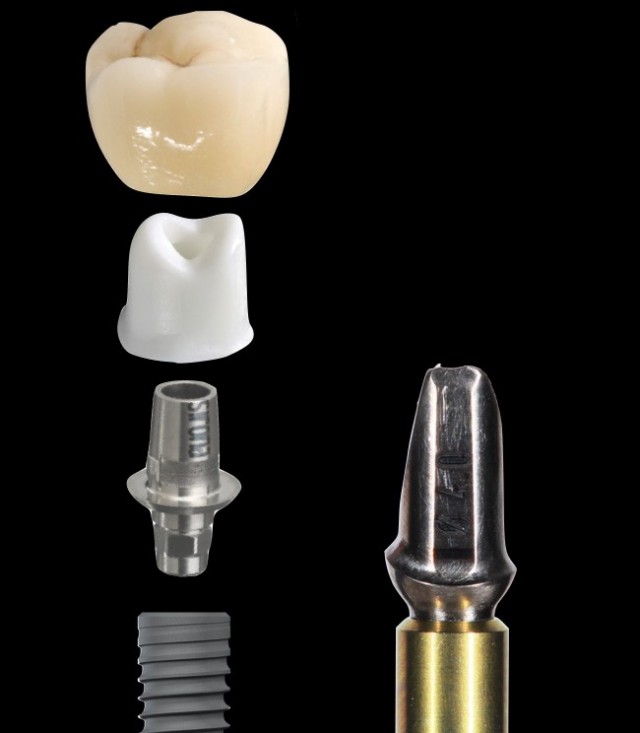In the realm of modern dentistry, the choice of materials for dental implants can significantly influence both the cost and the value of the final outcome. Zirconia abutments have emerged as a popular choice among dental professionals for their impressive aesthetics and functionality. This article explores the cost and value associated with zirconia abutments, providing insights into why they might be the right choice for both practitioners and patients.
What Are Zirconia Abutments?
Zirconia abutments are a type of dental implant component made from zirconium dioxide, a ceramic material known for its durability and natural appearance. Unlike traditional metal abutments, zirconia abutments are designed to blend seamlessly with the natural teeth and gums, making them an ideal choice for patients seeking a more aesthetic result.

Cost of Zirconia Abutments
The cost of zirconia abutments can vary depending on several factors including the manufacturer, the complexity of the case, and the geographic location of the dental practice. Generally, zirconia abutments are priced higher than metal abutments due to the advanced materials and technology used in their production.
Material and Manufacturing: Zirconia abutments are crafted from high-quality ceramic materials that undergo a sophisticated manufacturing process. This process involves precision milling and heat treatment, which contributes to their higher cost.
Customization: Many zirconia abutments are custom-designed to fit the specific needs of each patient. This customization process can add to the overall cost but ensures a better fit and improved aesthetic outcomes.
Longevity: While zirconia abutments may have a higher upfront cost, their durability and resistance to wear and corrosion can result in lower long-term costs due to reduced need for replacements or adjustments.
Value of Zirconia Abutments
When evaluating the value of zirconia abutments, several key factors highlight their benefits beyond the initial cost:
Aesthetic Appeal: Zirconia abutments offer superior aesthetic results compared to metal abutments. Their white color matches natural teeth and gums, providing a more lifelike appearance that enhances the overall cosmetic outcome.
Biocompatibility: Zirconia is highly biocompatible, meaning it is well-tolerated by the body and minimizes the risk of allergic reactions or tissue irritation. This property contributes to better long-term oral health and patient comfort.
Strength and Durability: Despite their ceramic composition, zirconia abutments are remarkably strong and resistant to fractures. This durability ensures that they can withstand the forces of chewing and other daily activities, providing a long-lasting solution for dental implants.
Reduced Risk of Metal Allergies: For patients with metal allergies or sensitivities, zirconia abutments offer a valuable alternative. The absence of metal in zirconia abutments eliminates the risk of allergic reactions and offers a safe option for individuals with sensitivities.
Ease of Maintenance: Zirconia abutments are easy to maintain and clean, similar to natural teeth. Their smooth surface helps in reducing plaque accumulation and simplifies oral hygiene routines.
Conclusion
Zirconia abutments represent a worthwhile investment in the field of implant dentistry, offering significant advantages in aesthetics, biocompatibility, and durability. While they may come with a higher initial cost compared to metal abutments, their long-term benefits in terms of patient satisfaction and implant longevity can provide substantial value. By understanding the cost and value of zirconia abutments, both dental professionals and patients can make informed decisions that align with their needs and preferences.
For more detailed information on zirconia abutments and their applications in implant dentistry, visit Pilotage Dental Lab, where you can explore a range of high-quality dental products designed to enhance the effectiveness and aesthetics of dental implants.




